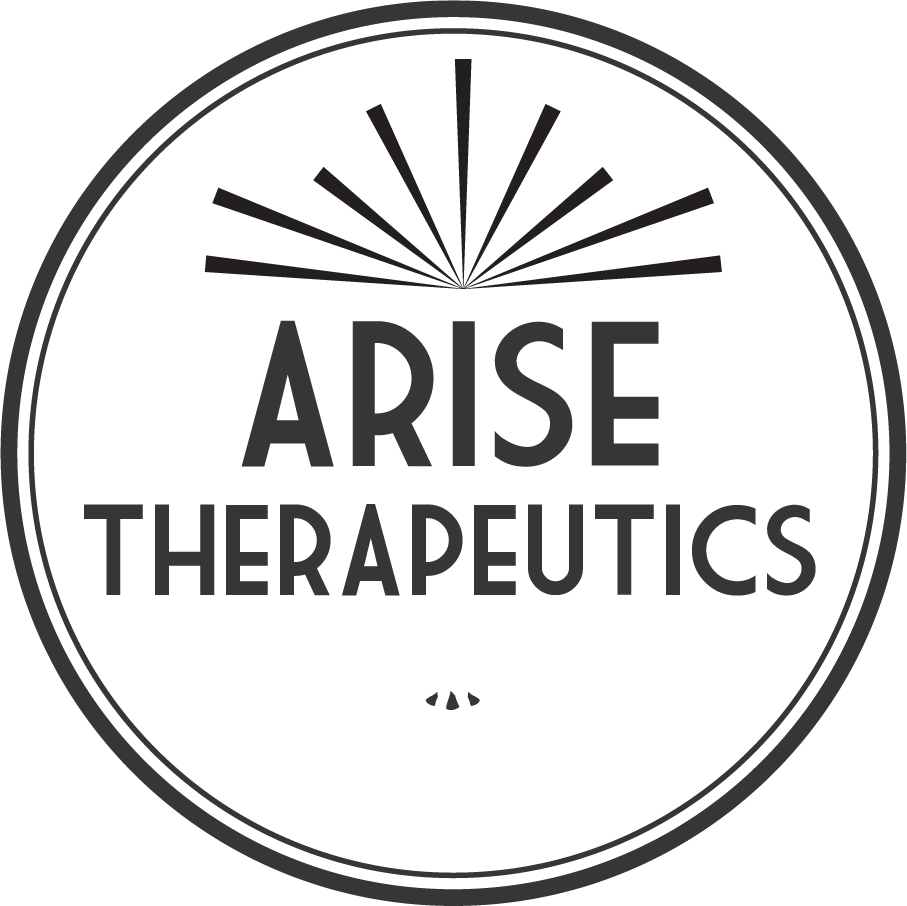What’s going on down there? The hip joint is where the leg bone meets the pelvis. Normal movement at the hip joint consists of the leg bone moving on the pelvis in the following directions; forward and backward, side to side, and rotating out and in.
When we move in the same way all the time, such as sitting at the computer, driving home from work, then sitting in front of the TV, our tissues become tight and rigid. Our bodies freeze into a shape. Our hips become like a stiff pair of shorts, the leg bone loses it's ability to move well in all its directions and as a result we can’t move our legs as smoothly or as far as we once could.
This increase in stiffness shows up in little ways at first. We may find we have to get off the couch by using momentum, hurling our body forward rather than using the strength of our legs. We may need a grunt or a push of the arms to rise up from a chair. Eventually, we'll bend at the waist rather than the hip joint when we feed the cat or get in the car.
Over time, this stiffness at the hip joint may lead to back, knee, or shoulder pain. When the leg bone can't move efficiently in the hip socket there will be compensation somewhere else. That means some other joint will take up the slack by doing work it was not designed to do. Eventually it becomes overworked which leads to pain, either in that joint or somewhere further along the chain of compensation.
This loss of range of motion and stiffness at the hips is not inevitable. Making small movements of the leg bones in their sockets in all directions, while keeping the pelvis still and breathing with ease, is one step we can take toward keeping our hips stable and our legs moving freely so we can walk, bend and stand back up again.

